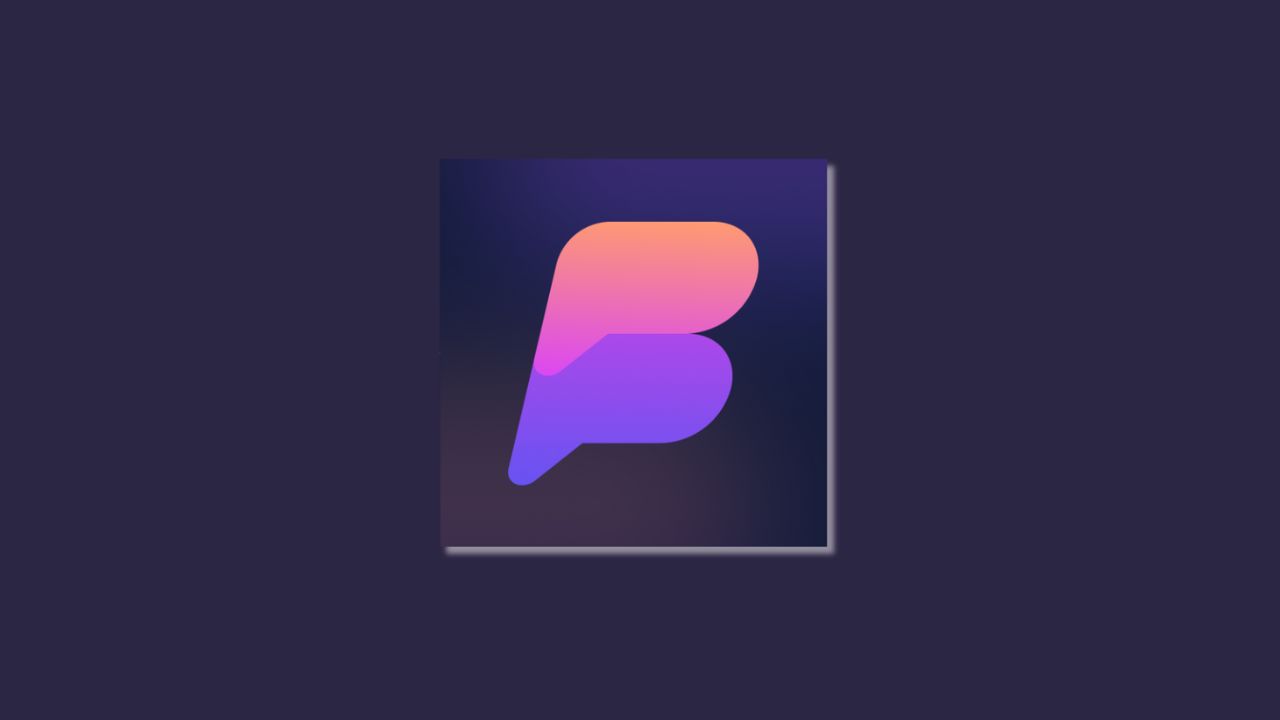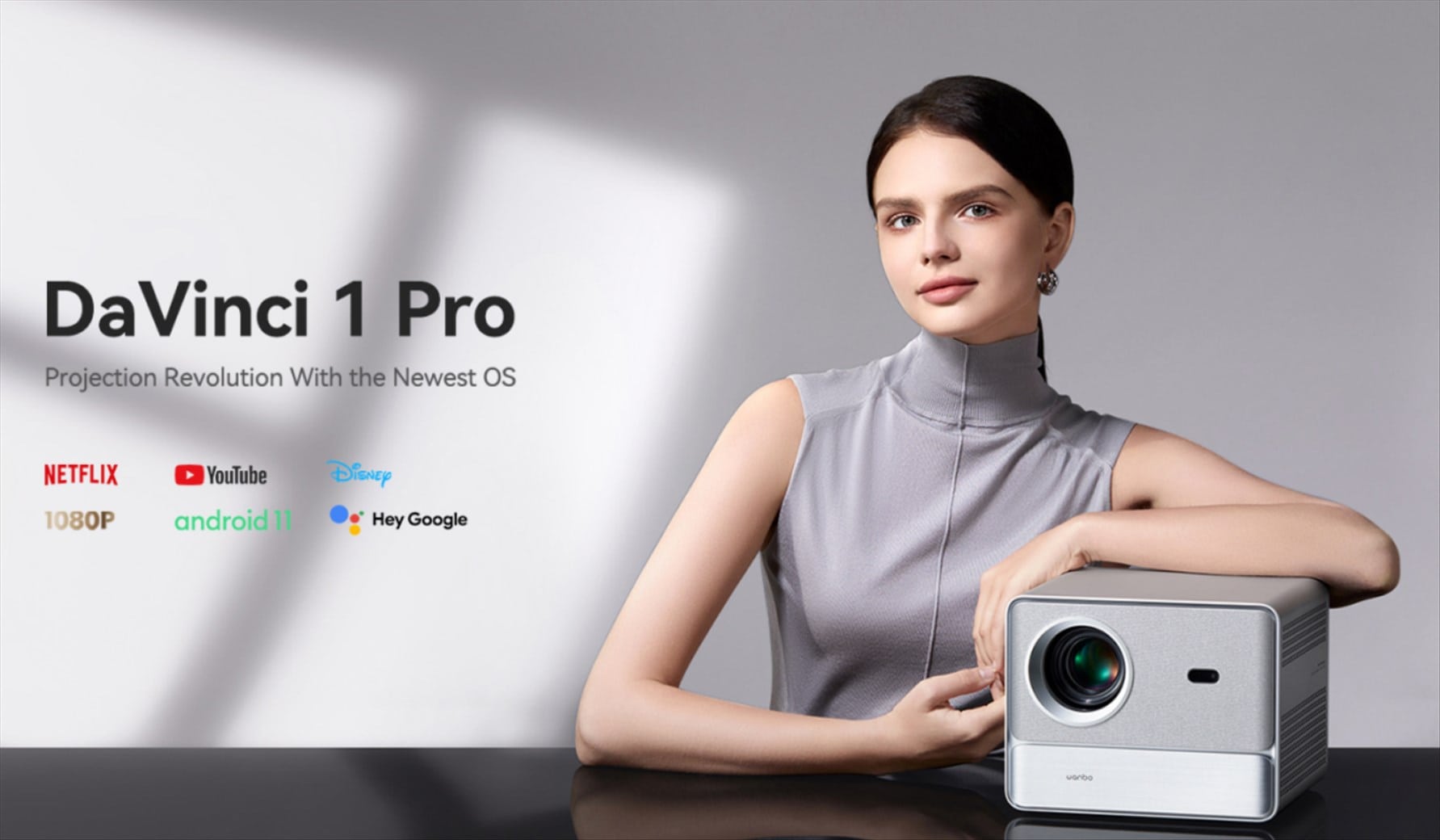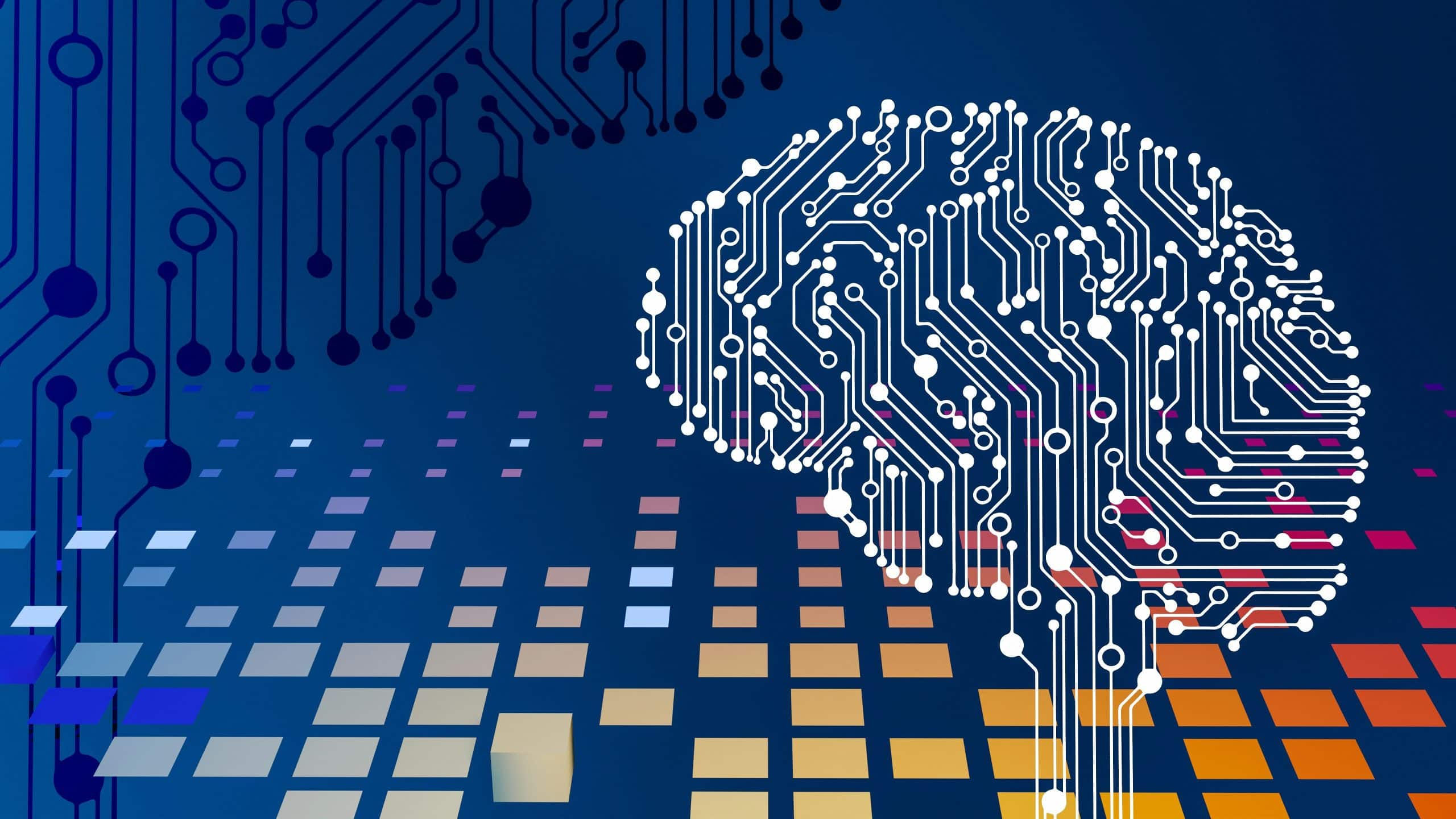Note: This is a guest post written by Jeeva Shanmugam – The debut of GPT-4 by OpenAI in 2023 marks a watershed moment in the area of artificial intelligence, notably in the field of natural language processing. GPT-4, the most recent edition of the Generative Pre-trained Transformer model, represents a significant milestone in deep learning, with unmatched strength and adaptability.
This cutting-edge model is capable of producing text that is indistinguishable from human-written content, answering open-ended and difficult questions, facilitating language translation, and even producing a wide range of creative output such as poetry, code, scripts, musical compositions, emails, letters, and more. GPT-4’s advent is set to change and redefine the bounds of AI-driven text production and natural language understanding. Let’s discuss more about the GPT 4 in this article.
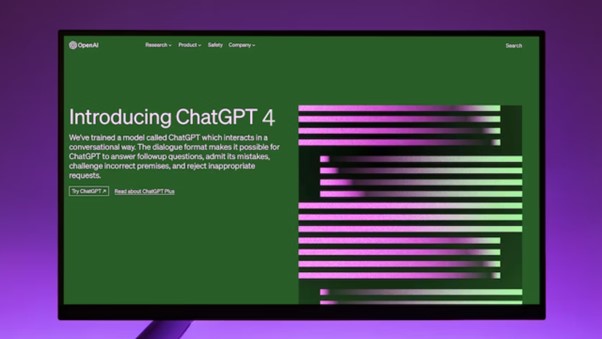
GPT 4: Things You Should Know
What is GPT 4?
GPT-4, the most recent iteration of the Generative Pre-trained Transformer, is an advanced deep-learning model commonly used for natural language processing and text production. This ground-breaking version was launched by OpenAI in 2023, signifying a huge development in the field of artificial intelligence, particularly in natural language processing.
GPT-4 differs from its predecessors in that it has greatly expanded capabilities that allow it to conduct a wide range of activities. These include producing text that is virtually indistinguishable from human-written content, providing informative and comprehensive responses to open-ended, complex, or unusual questions, facilitating language translations, and producing various forms of creative output such as poems, code, scripts, musical compositions, emails, letters, and more.
GPT-4’s multimodality, which allows it to comprehend both textual and visual inputs, is a notable achievement. This increased skill allows the model to do previously impossible tasks, such as describing comedy in unusual images or summarizing text extracted from screenshots.
What is the Difference Between GPT-4 and Previous Models?
GPT-4 varies from its predecessors in numerous significant ways. To begin, its scale distinguishes it, since it has an amazing parameter count of 175 billion, outnumbering prior models. GPT-4 can now dive deeper into data, comprehending subtle patterns and relationships with higher competence.
In terms of training data, GPT-4 was exposed to a large corpus that included a variety of sources such as books, papers, code, and web pages. This comprehensive dataset provides GPT-4 with a better understanding of the world, leading to more accurate, insightful, and informative text creation.
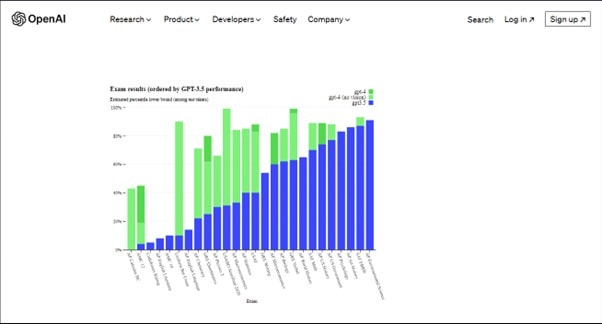
GPT-4 also incorporates a unique architecture known as Pathways. This novel architecture promotes more efficient learning processes and gives GPT-4 the capacity to handle more complex tasks, extending its capabilities beyond earlier models.
What are the Potential Applications of GPT-4?
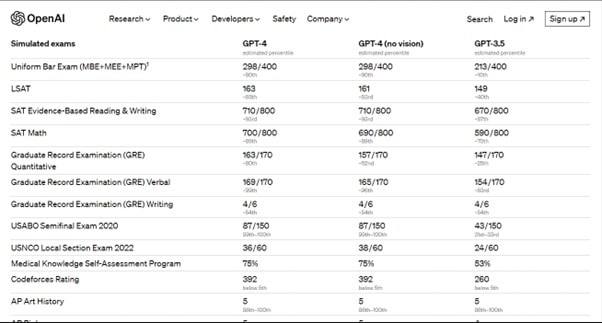
GPT-4 has enormous potential to revolutionize our interactions with computers, resulting in significant advances in a variety of disciplines. It has the potential to spawn new types of entertainment, education, and productivity applications. Furthermore, it has the potential to improve the precision of machine translation and strengthen the safety measures of self-driving automobiles.
Here are some examples of GPT-4 applications:
- Efficient Text Generation: GPT-4 may produce inventive text in a variety of formats, including poetry, code, scripts, music, emails, and letters. This feature might open the way for interactive chatbots, virtual assistants, and other novel forms of entertainment.
- Answering Capabilities: GPT-4 is skilled in providing helpful responses to queries, even whether they are difficult, open-ended, or unusual. This capability may be used to develop interactive textbooks, online courses, and other educational materials.
- Translation Ability: When compared to previous models, GPT-4 excels at translating languages with more accuracy. This can considerably increase information accessibility for people who speak various languages, allowing for greater conversation and comprehension.
- Image Processing: GPT-4 can grasp images and create descriptive text about them. This feature opens the door to new visual media projects, such as interactive storybooks and virtual tours.
GPT 4’s Benchmark Results
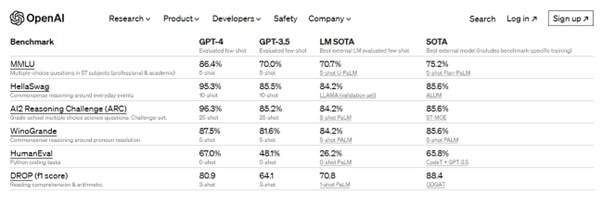
Wrapping It All
GPT-4 is currently being developed and has enormous promise for altering our computer interactions. While the full scope of GPT-4’s capabilities is unknown, it is clear that it has the potential to change the way we interact.
GPT-4 may provide game-changing advances in entertainment, education, and productivity technologies in the future years. Furthermore, it has the potential to improve the precision of machine translation and increase the safety of autonomous cars.
With endless possibilities, GPT-4’s future applications are set to be both engaging and significant.


